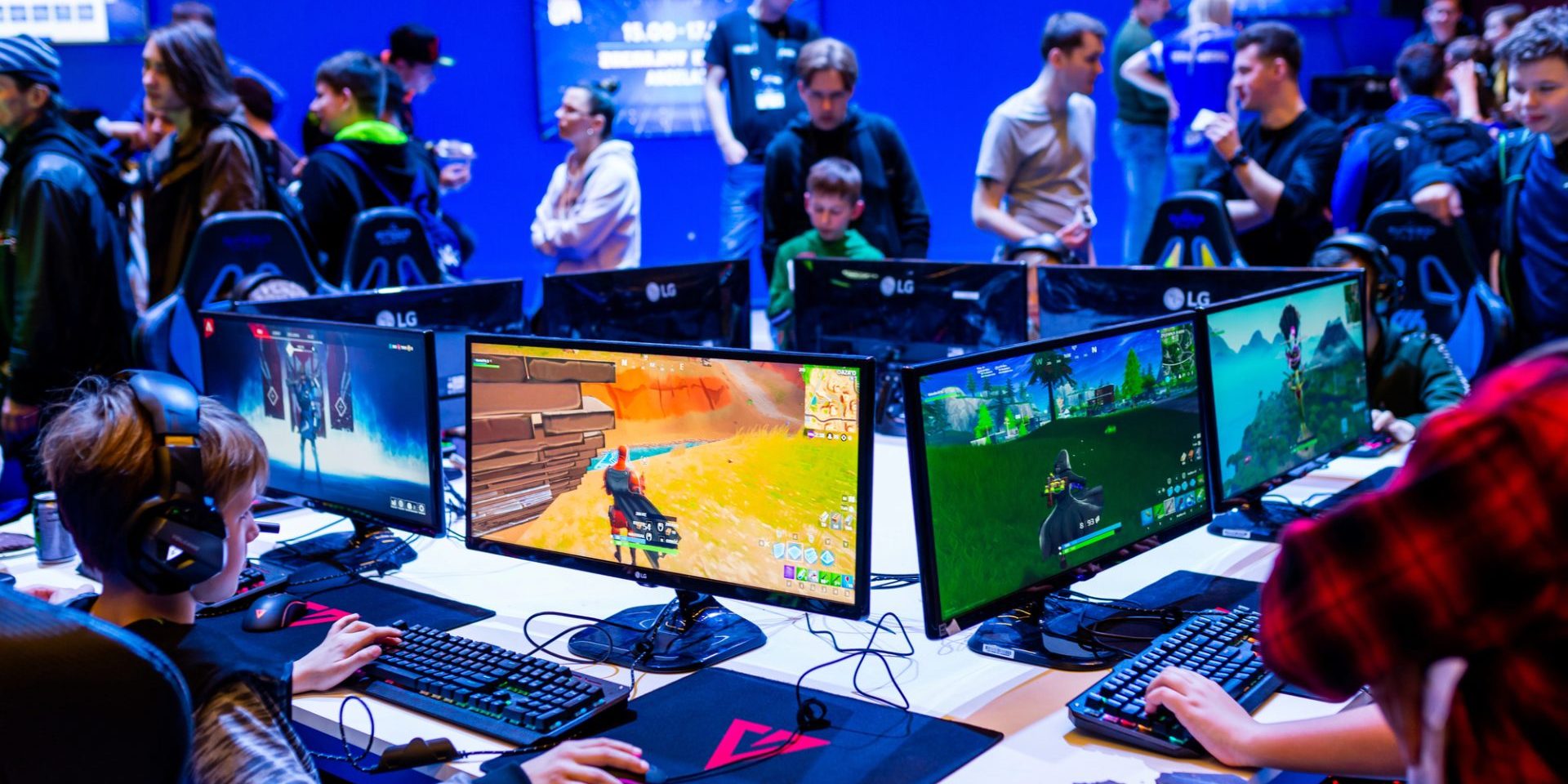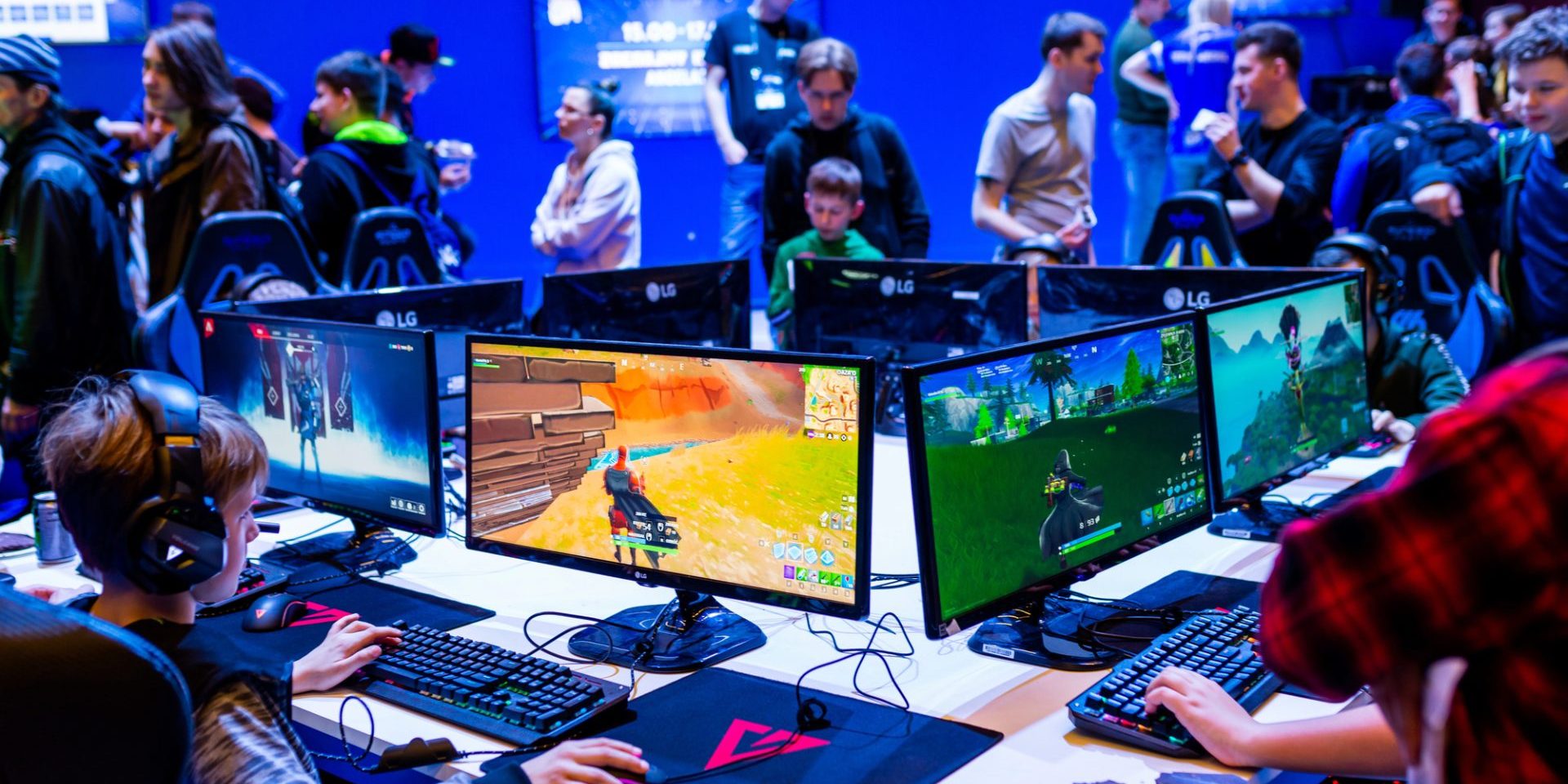Video games have become a driving force in technological innovation, reshaping the tech industry landscape. The gaming sector’s explosive growth has propelled advancements in hardware, software, and connectivity. These developments are spilling over into other tech domains, catalyzing progress in artificial intelligence, virtual reality, and cloud computing.
The gaming industry’s revenue is projected to reach $312 billion by 2027, surpassing movies and sports combined. This financial success attracts top talent and investment, fueling a cycle of innovation. Tech giants are taking notice, integrating gaming technology into their products and services.
As gaming pushes the boundaries of graphics, processing power, and user experience, it creates ripple effects across the tech ecosystem. From improved chips to more advanced displays, gaming’s influence extends far beyond entertainment, shaping the future of technology as a whole.
Evolution of Gaming Platforms
Gaming platforms have undergone significant changes since the early days of arcade machines. The industry has seen shifts from standalone consoles to mobile devices and cloud-based systems, with new technologies like VR and AR reshaping how games are experienced.
From Arcades to Mobile and Cloud Gaming
Arcade cabinets marked the beginning of public gaming spaces in the 1970s and 1980s. Home consoles soon followed, bringing gaming into living rooms. The rise of personal computers expanded gaming options and capabilities.
Mobile gaming exploded with smartphones, making games accessible anytime, anywhere. Apple’s App Store and Google Play Store became major distribution channels for mobile games.
Cloud gaming emerged as a new frontier, allowing players to stream games without needing powerful hardware. Services like Google Stadia and NVIDIA GeForce Now offer high-quality gaming experiences across various devices.
The Rise of VR and AR Technologies
Virtual Reality (VR) gaming gained traction with devices like Oculus Rift and HTC Vive. These headsets provide immersive 3D environments, transporting players into game worlds.
AR games blend digital elements with the real world. Pokémon GO showcased AR’s potential, becoming a global phenomenon in 2016.
VR and AR continue to advance, with improved hardware and more sophisticated games. These technologies are expanding beyond entertainment into areas like education and training.
Game Streaming and Subscription Models
Game streaming platforms like Twitch and YouTube Gaming have created new ways for players to engage with content. Streamers broadcast gameplay, fostering online communities and influencing gaming culture.
Subscription services have changed how games are accessed and consumed. Xbox Game Pass, PlayStation Now, and Apple Arcade offer large libraries of games for a monthly fee.
These models provide value for players and steady revenue for developers. They also encourage experimentation with different game types and genres.
Impact on Global Markets and Revenue Streams
The video game industry’s transformation has reshaped global markets and created new revenue streams. This shift has led to innovative monetization strategies, expanded advertising opportunities, and increased investment in emerging technologies.
Monetization Strategies and Free-to-Play Models
Free-to-play games have become a dominant force in the global gaming market. This model allows players to download and play games at no cost, with revenue generated through in-game purchases. Popular titles like Fortnite and Genshin Impact have demonstrated the success of this approach.
In-game purchases often include virtual currency, cosmetic items, and gameplay advantages. These microtransactions have proven highly profitable, with some free-to-play games generating billions in annual revenue.
Subscription services have gained traction as well. Xbox Game Pass and PlayStation Plus offer access to large game libraries for a monthly fee, creating steady income streams for platform holders and developers.
In-Game Advertising and User-Generated Content
In-game advertising has evolved beyond simple banner ads. Companies now sponsor in-game events and create branded virtual items, seamlessly integrating marketing into the gaming experience.
Esports events and live streaming platforms like Twitch have opened up new advertising channels. Brands can reach millions of viewers through sponsorships and targeted ads during popular gaming streams.
User-generated content has become a valuable asset. Games like Roblox and Minecraft thrive on player-created worlds and items, which can be monetized through virtual marketplaces.
Shifts in Investment and the Role of Blockchains
Traditional investors have taken notice of the gaming industry’s growth, leading to increased funding for game development and technology companies. Venture capital firms and major tech companies are actively investing in gaming startups and established studios.
Blockchain technology has introduced new concepts like play-to-earn games and non-fungible tokens (NFTs). These innovations allow players to earn cryptocurrency or own unique digital assets, blurring the lines between gaming and finance.
Some game developers are exploring blockchain-based economies, where in-game items have real-world value. This approach has attracted both excitement and skepticism from players and industry analysts.
Technological Advancements in Game Development
Game development has experienced rapid growth due to technological progress. Graphics, AI, and interoperability have transformed how games are created and played.
Innovations in Graphics and Real-Time Rendering
Graphics technology has made significant strides in recent years. Real-time ray tracing allows for lifelike lighting, reflections, and shadows in games. This technique simulates the behavior of light rays, creating more realistic environments.
3D graphics have also improved dramatically. High-resolution textures and advanced shading techniques bring characters and landscapes to life. Polygon counts have increased, allowing for more detailed models and smoother animations.
Procedural generation has become a powerful tool for creating vast, diverse game worlds. This technique uses algorithms to generate content automatically, reducing development time and resources.
The Integration of AI and Machine Learning
Artificial intelligence has found numerous applications in game development. AI-driven non-player characters (NPCs) exhibit more realistic behaviors and decision-making processes. This leads to more engaging and challenging gameplay experiences.
Machine learning algorithms help create adaptive difficulty systems. These systems analyze player performance and adjust game challenges accordingly, providing a personalized experience for each user.
AI is also used in content creation. It can generate dialogue, music, and even entire levels based on predefined parameters. This speeds up development and allows for more varied content within games.
Interoperability and the Future with Web3
Web3 technologies are beginning to impact game development. Blockchain-based systems enable true ownership of in-game assets, allowing players to trade or sell items across different games and platforms.
Interoperability is becoming a key focus. Games are increasingly designed to work across multiple devices and operating systems. This allows players to seamlessly switch between platforms while maintaining their progress and assets.
Decentralized networks are opening up new possibilities for multiplayer gaming. These systems can provide more secure and fair gameplay experiences, reducing issues like cheating and server downtime.
Emerging Trends and Looking Towards 2030
By 2030, the video game industry will see significant advancements in virtual experiences and network capabilities. These developments will reshape how games are played and experienced.
Maturing of the Metaverse and Extended Reality
The metaverse concept is evolving rapidly, blending virtual and physical worlds. Gaming companies are investing heavily in creating immersive digital spaces where players can interact, socialize, and engage in various activities.
AR and VR technologies are becoming more sophisticated, offering increasingly realistic and interactive experiences. By 2030, these technologies are expected to be more affordable and accessible to a wider audience.
Extended reality (XR) applications are expanding beyond gaming into areas like education, training, and remote collaboration. This broader adoption is driving further innovation in the gaming sector.
Network Infrastructure and 5G’s Role in Gaming
5G technology is revolutionizing online gaming by providing faster speeds and lower latency. This improved connectivity enables more complex multiplayer experiences and reduces lag in competitive gaming.
Cloud gaming services are benefiting from enhanced network infrastructure, allowing players to stream high-quality games without expensive hardware. This trend is making gaming more accessible across devices.
The integration of edge computing with 5G networks is enabling new possibilities for mobile gaming, including more detailed graphics and larger-scale multiplayer experiences.
As network capabilities improve, game developers are creating more connected and persistent game worlds that can support thousands of simultaneous players.












